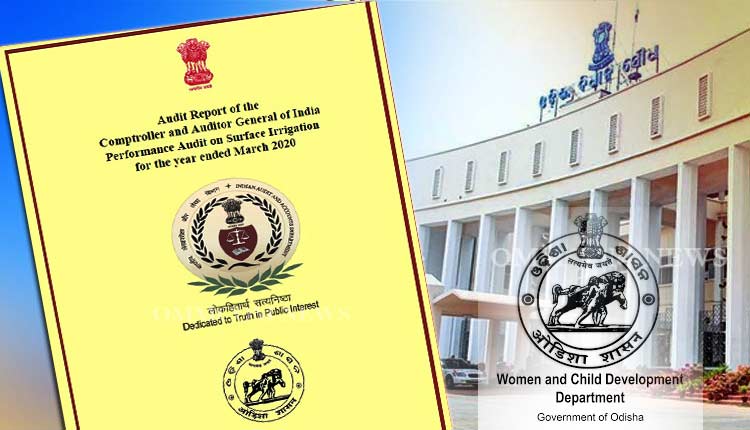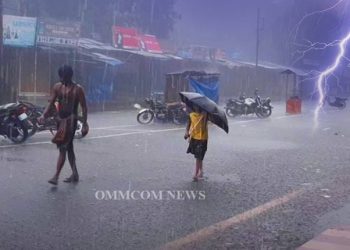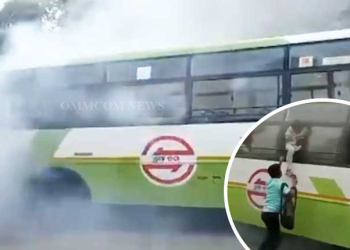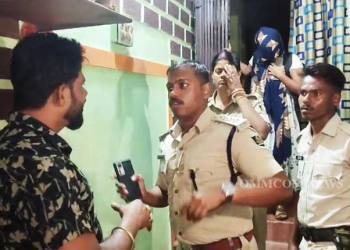Bhubaneswar: The Comptroller and Auditor General’s Report on Women & Child Development Department was tabled in the Odisha Assembly on Friday. Below are the details of the CAG’s report on W&CD Department:
Functioning of Working Women’s Hostels in the State
There were 36 Working Women’s Hostels (WWHs) with combined bed strength of 2,622 in the State, as of March 2021. Of these, only 12 WWHs with bed strength of 859 (32.76 per cent) were functional.
Women and Child Development Department released ₹ 44.19 crore, between February 2014 and November 2020, for construction of eight WWHs, of which only five WWHs had been completed as of November 2021. However, none of the completed WWHs were made functional as of November 2021.
During 2016-21, the average percentage of occupancy in WWHs was only 42 per cent. The reason for low occupancy can be attributed to the fact that most of the WWHs were constructed long back (between 1974 and 2014) and in the absence of regular repair and maintenance of these buildings, there were fewer takers for these hostels. Further, low occupancy in WWHs was also attributable to absence of modern amenities/ basic facilities and lack of awareness, as no public advertisements or awareness campaigns were undertaken by the State to make women aware of the existence of such facilities.
Eight WWHs across the State, with a bed strength of 603, were being utilised for other purposes.
MWCD had sanctioned funds in favour of six agencies, during the period from 1986-87 to 2001-02, to construct WWHs at six places. These hostel buildings were not completed even after a period of 20 to 31 years of sanction by GoI. This resulted in wasteful expenditure of ₹1.18 crore.
Functioning of Child Care Institutions in the State
The percentage of utilisation of available funds was continually decreasing, from 70.47 per cent in 2016-17 to 31.60 per cent in 2020-21.
Baseline surveys for identification of vulnerable children and their institutionalisation were not conducted by seven out of eight test-checked districts. Further, only two per cent of the vulnerable children identified in the surveys were put in Child Care Institutions (CCIs). However, the criteria used for selecting children for institutionalisation were not shared with Audit.
There were inadequacies in physical infrastructure viz., dormitories, dining halls, kitchen, open space, etc. Security measures in the CCIs, particularly, perimeter security walls were not proper.
Out of the 3,181 children (boys: 1,695 and girls: 1,486) in the CCIs of the eight test-checked districts, only 48 children (1.51 per cent) were identified for foster care and, of these, only 11 (23 per cent) were actually placed under such care.
Although the State Level Monitoring Committee had been formed, the Department had not developed State specific indicators against which the implementation of the ICPS scheme could be evaluated. Further, no information was made available to Audit on the number of review meetings conducted by the Committee and on whether annual review of the implementation of ICPS, at the level of the Chief Secretary, had been conducted, during the period 2016-17 to 2020-21.




















